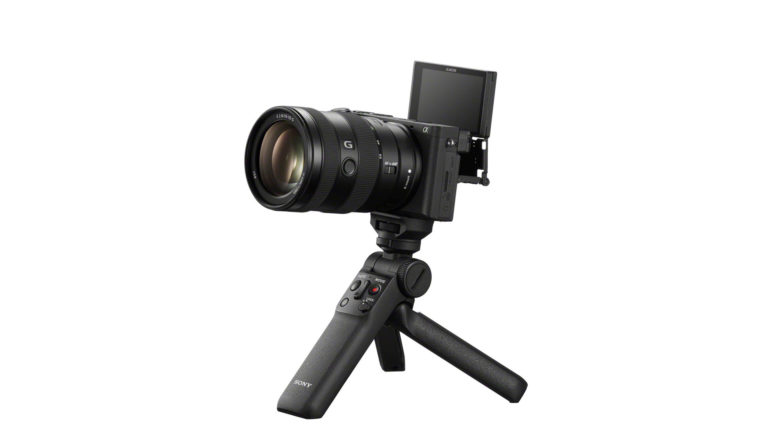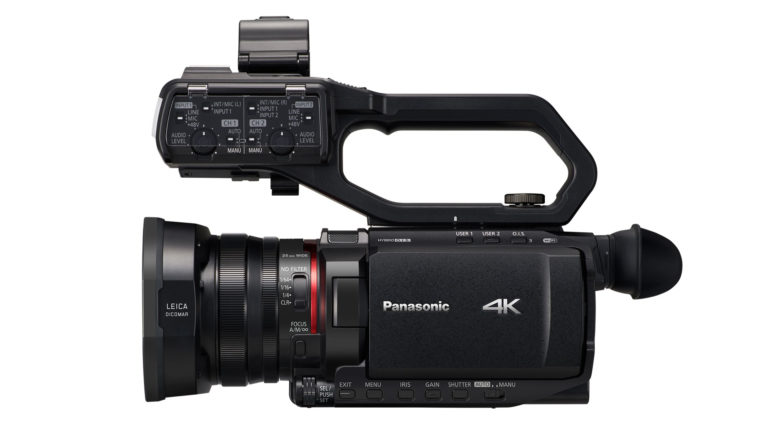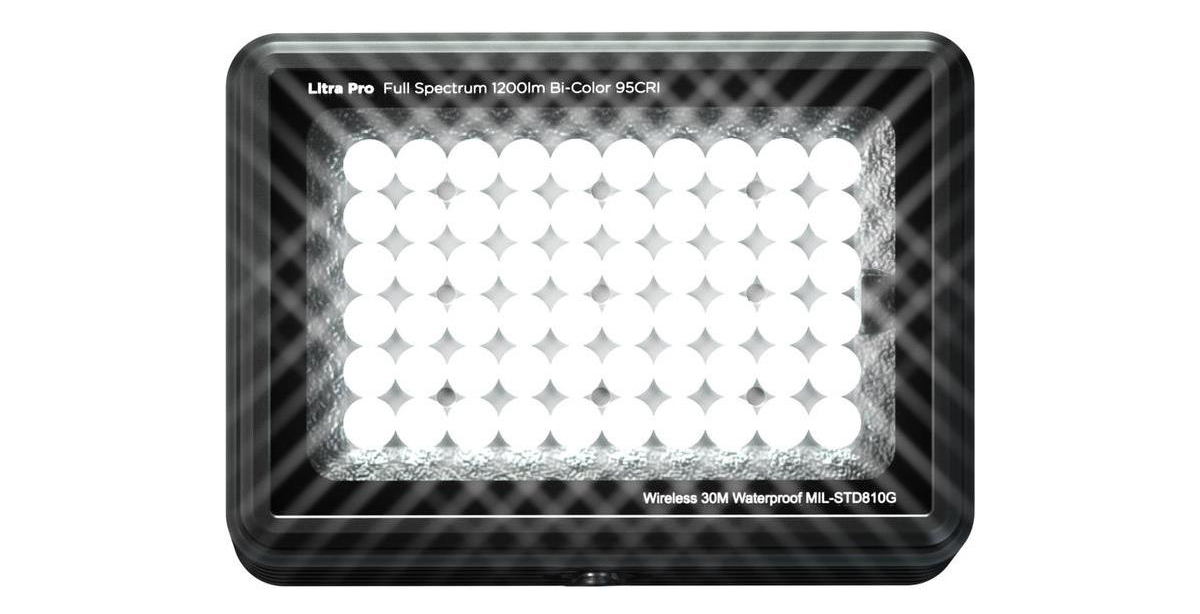Afraid your new liquid hydrogen or lithium-ion camera battery, like those in recently recalled laptops, might explode during your next shoot? Relax







Like any new technology, lithium-ion has its concerns. Due to a recent disaster (and subsequent recall) with Sony’s consumer-grade lithium-ion-where batteries in PC and Mac laptops were found to unpredictably overheat-many have concerns about its long-term reliability. Yet it’s used to power laptops, cell phones, PDAs and a wide variety of consumer electronics.
The key to battery reliability, according to manufacturers in the space, is the quality of the internal cells themselves. In the Sony consumer example, those bad batteries were low-quality, mass-produced cells (built by Sony Energy Systems, in Japan). Sony’s professional batteries, included with its HDV and DVCAM camcorders, have not experienced any of the same problems.
Most vendors to the professional industry-such as Anton/Bauer, Frezzi Energy Systems and IDX Systems-use higher quality cells supplied by Sanyo, in Japan, considered the premiere source for high-quality lithium-ion technology. Cells earmarked for professionals, including those from Sony, are screened from massive manufacturing runs, much the way CCD chips are chosen for the various camcorder markets.
Another advantage of lithium-ion is that is offers no memory effect. Older technology, like NiCd and nickel-metal hydride, required that a user discharge the entire battery capacity before charging it again. Charging the battery after using only 60 percent of usage caused that battery to remember that and fail with 40 percent of the power going unused. This never happens with lithium-ion cells.
Another option gaining traction is the rechargeable hydrogen fuel cell battery, pioneered by Jadoo Power. Fuel cells offer virtually infinite shelf life, with no battery degradation or memory effect, says Jack Peterson, Jadoo’s VP of sales and marketing. There is no maintenance required and they can be re-used hundreds of times. Runtime can be increased significantly by hot-swapping fuel cells via the company’s N-Stor fuel canisters. This N-Stor interface also ensures that as new fuel technologies become available, the user can continue to use the fuel cells they have already purchased.
Rapid recharge/refilling is also an advantage with fuel cells. The Jadoo FillPoint refill station can refill four N-Stor canisters to 80% capacity in 15 minutes simultaneously. Unfortunately, weight of the fuel cells (about 2 pounds) is a significant downside, making them slightly heavier than a standard brick battery, though their small form factor makes than less bulky.
Since the fuel cells contain liquid hydrogen, there are also misconceptions about the safety of the Jadoo products. The company said that in the four years it has been selling its systems to the professional market, there has not been a single safety incident.
However, there are restrictions regarding the transportation of hydrogen fuel cells and lithium-ion batteries on airplanes. The International Air Transport Association (IATA) has mandated that a professional cannot carry a camcorder battery in the cabin of an airplane if it has more than 8 grams of Lithium in it. Most professional batteries fall under this level, so carrying a single battery on the plane is fine. Carrying more than one can require special packaging.
As for liquid hydrogen, the fuel canisters can only be shipped by Air Cargo. Jadoo Power said that after rigorous fire, burst, ballistic and crush testing, the company is the only one to receive a U.S. DOT Special Permit to ship these types of products by Air Cargo.
A typical HD camcorder might consume 24 watts, the light 25 watts and lens a few more, for a total of 45-60 watts. With a 98-watt Lithium-ion battery, you can get close to two hours of run time. Several companies are now offering the ability to combine two batteries together for double the run time.
Weather conditions are not the concern they once were with older battery technology, although extreme temperatures can have an adverse affect. Most professional batteries are rated at about 120 degrees F at the high end and about 15 degrees F at the coldest. Some shooters have experienced reduced battery capacity in extremely cold conditions.
Luckily, better enclosures have helped insulate batteries from most adverse weather conditions, moisture and even shock from being dropped. Likewise, most pro batteries are now engineered to withstand the kind of extreme vibrations caused by cameras mounted inside race cars or on airplanes. Since most batteries can handle whatever challenges real-world productions throw at them, the only hurdles are your own creative limits.
Did you enjoy this article? Sign up to receive the StudioDaily Fix eletter containing the latest stories, including news, videos, interviews, reviews and more.









Leave a Reply